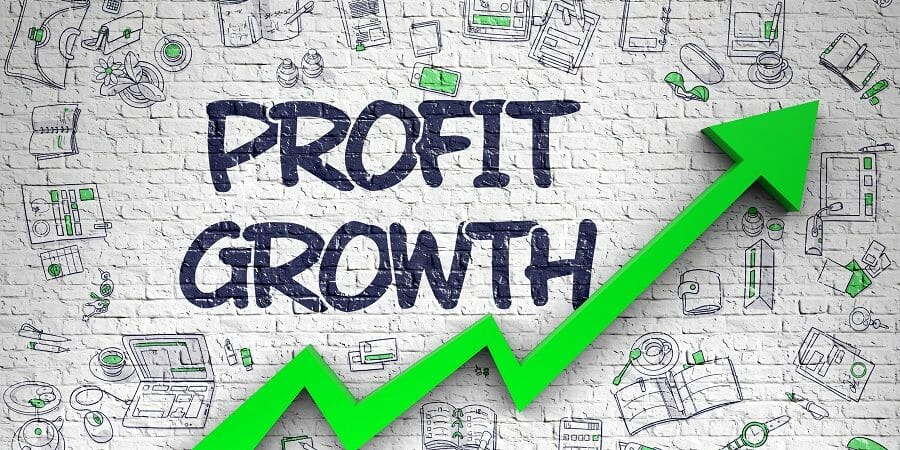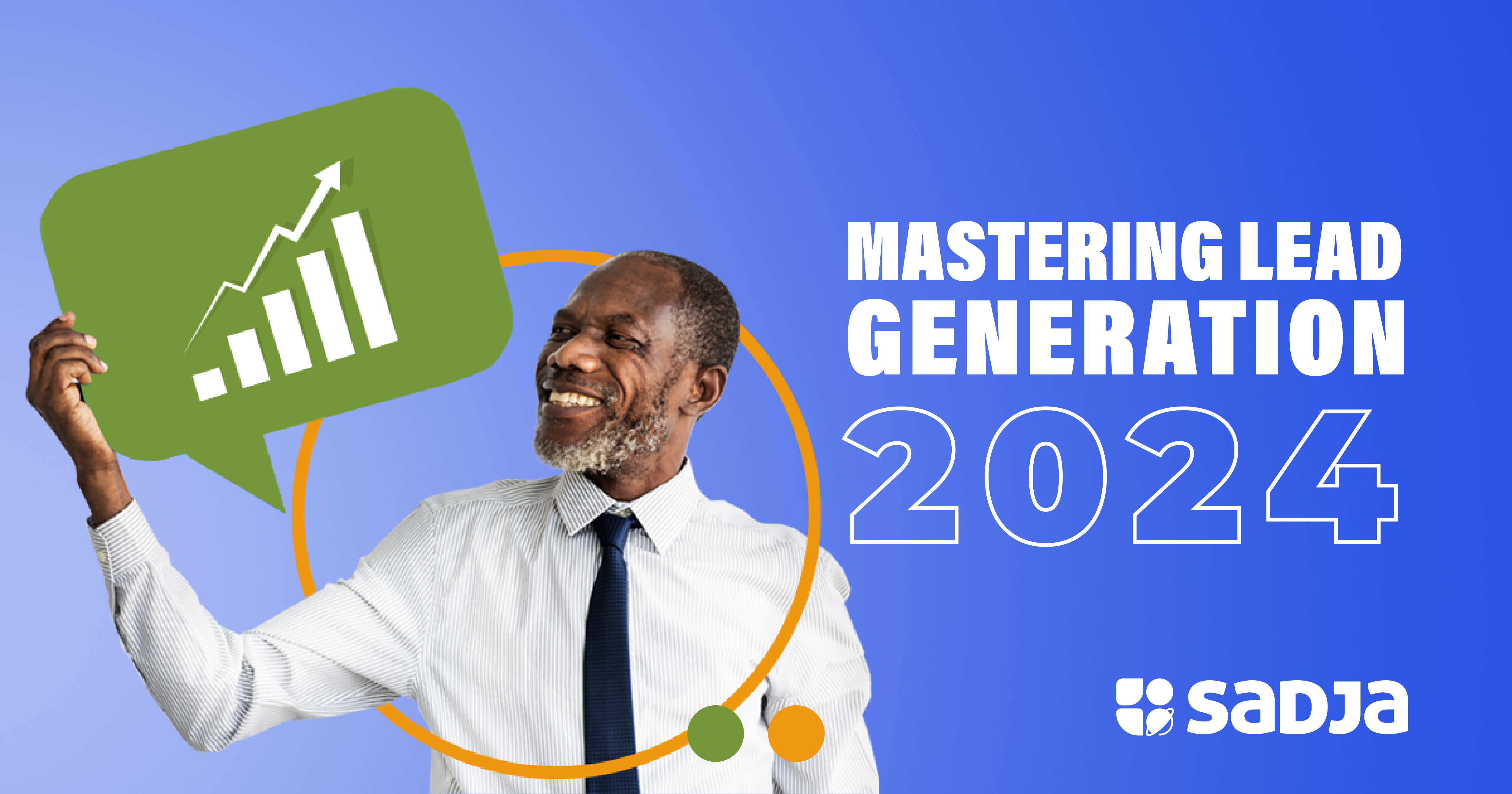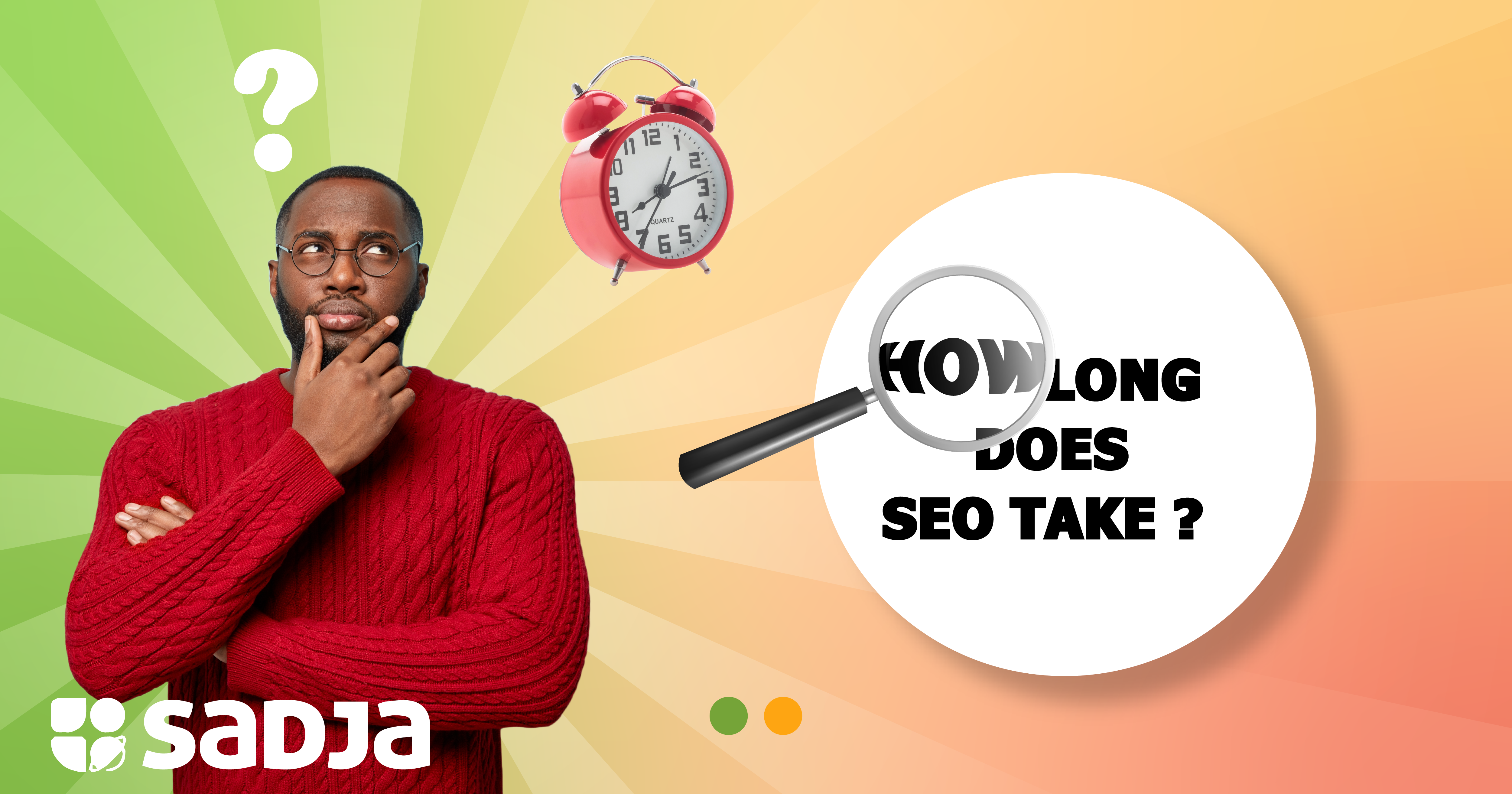Driving traffic to a website can be problematic: content marketing and search engine optimization hardly bring results overnight, and social media marketing is often hampered by frequent policy changes. This often leads marketers to prioritize paid search traffic (PPC) when launching digital marketing campaigns that need fast results.
However, paid traffic doesn’t always guarantee fast results. It can be unpredictable because it is affected by several factors like audience behaviour and marketing platform rules. Furthermore, each paid traffic platform has different price policies and requirements for posting ads, so it can be hard to maintain effective control over a multi-platform campaign.
There are other risks: you may get clicks that never convert into sales and leads, which would mean that you’re paying too much for customers who don’t offer a comparable return on investment. These problems may be addressed by developing and implementing a comprehensive paid traffic strategy that comprises both manual planning and AI automation. In this article, you’ll learn how paid website traffic works, and how you can use it to grow your business.
Paid web traffic comprises visitors who arrive at your website after clicking an advert. It may come from various sources:
Display advertisements: these include texts, banners, and others placed on affiliate websites
Paid search: advertisements that search engines like Google display as part of their results pages
Social media advertisements: these are adverts that appear on social media platforms like Instagram, Facebook, and LinkedIn
Sponsored content: advertising content that publishers are paid to distribute
Native advertisements: adverts that appear on your website in a similar fashion to other content types. According to a report on paid search marketing, nearly 45% of all marketing professionals consider paid traffic to be a significant driver of revenue.
The differences between organic and paid traffic
Content location
With organic traffic, your website will occupy different positions on search engine results pages based on the relevance of its content, as determined by the search engine. In contrast, paid listings always appear at the top or bottom of search results pages.
How to get more visits
The only way to increase organic traffic is to optimize your website in such a way as to outperform your competitors. It often includes strategies such as content marketing, and off-page SEO techniques such as backlink building. With paid traffic, you’ll have to manage bidding options, targeting options, and improve your advertising copy to convince your target audience to visit your website and buy your products.
How long it takes to get results
With organic traffic, the time varies greatly between each case. Some website administrators see results in months, while others don’t see a significant improvement for years. On the other hand, paid traffic will provide conversions and results from the day the ads are launched, provided that your account is correctly setup.
Cost
You’ll appear in organic search engine results at no cost. However, you may need to pay for content writers if you cannot do it yourself. They ensure your content incorporates target keywords and build internal links to increase your website’s domain authority. Paid search listings, on the other hand, are not free. You’ll be charged based on your preferred model, and the competitiveness of your target keywords.
It is tempting to assume that switching to pay per click will help you get more traffic to your website, considering that you can just buy them. However, basic traffic is not what you need – it will not help your bottom line. Your paid traffic needs to generate viable leads and conversions. This is described as converting or relevant traffic. That is, the visitors you attract should be the kind that is likely to make a purchase. To get such visitors from your paid traffic channels, regardless of where they are placed, you may follow a six-step strategy that covers all the stages of the buyer journey, from the first contact to the point your customers will buy your products or services.
Create an effective roadmap
The people who argue against the effectiveness of PPC often start ad campaigns without planning for them. To avoid problems like overspending, limited impressions, and low click-through rates, you should create a comprehensive plan based on effective Key Performance Indicators (KPIs), effective audience research, a concise marketing message, and an effective distribution strategy.
Plan your budget
One of the biggest mistakes people make with pay per click campaigns is the failure to carry out proper preparation. Based on the industry, the cost per click for your advertisements can vary greatly. For instance, the electronics industry has a CPC of about 0.74$. This may seem expensive, but it’s cheaper than insurance, where the average price is $14.5. If you do not account for your advertising budget. That is, how much money you expect to spend in total, what you’re going to spend it on, and what you expect in return, it’s likely you will spend more than initially planned, and get low quality leads to your website.
Here are 3 fundamental considerations to help you plan your budget:
Which keywords will you target?
Keywords may vary significantly in terms of competition and price depending on your target (conversions or brand awareness). Start with a keyword search using tools like the keyword magic tool, which offers plenty of data about keywords, their search volume, and competitiveness.
Which locations will you target?
Paid search costs can vary significantly between countries and regions. Start by evaluating your industry with a CPC map and identify the locations most appropriate for advertising. You’ll want to target the areas that promise a balance between affordability and profitability.
What is your primary performance indicator-?
Keywords that establish brand awareness don’t always increase conversions since your audience will be less likely to commit. They’ll be more curious than inclined to make a purchase. For this reason, it would be wise to set a single KPI for each campaign.
Step 3: create honest but compelling ad copy.
Have you ever felt lied-to after clicking an advertisement? Your audience will never trust you if you do this. Make an honest promise, and then deliver on it. You will win customers over. Any compelling advertisement must have a targeted, catchy headline, and a compelling description. The former tells your potential customers what they’ll gain, and the second explains how they can get it.
Here are a few more tips:
Start with your target audience. Consider what your audience needs, and from their point of view, explain how your solution can solve their problem.
Study your competitors and try to understand their targeting and how your content can outperform theirs.
Create enough material for A/B testing: create about 3 different headlines for each article, and 2 separate descriptions to acquire a better grasp of your audience’s preferences.
Step 4: Build an attractive landing page.
Now, imagine you were a prospective customer, clicking the ad. Does it take you to a landing page worth observing? Does the landing page deliver on the promises the advertisement made? To keep from wasting valuable paid links, evaluate your landing page bounce rate, the time visitors spend on the page, heat map, and form abandonment rate. These indicators will tell you how attractive it is to visitors.
If they leave soon after landing, your landing page doesn’t accurately reflect the keywords it’s displayed for, and you are reaching out to the wrong people. If they stay for some time but don’t take the desired action, your offer is not convincing enough. If you don’t have a landing page your advertisements, or are thinking of redesigning an old one, use the following metrics to assess its quality: attractiveness, relevance, and drive. Your landing page must be relevant to the user query the visuals and content should be developed with your buyer personas in mind, and the page title and calls to action should convince your audience to take action.
Title: study search-queries that are related to your seed keyword to gather more creative ideas.
Content: ensure that the information your audience finds interesting is available, easy to find, and comprehend. Do not clutter your web pages with too many offers and deals.
Visuals: use original, high-quality images. Not the free stock pictures that everyone has seen.
Calls to action: your calls to action should resonate with search intent. For instance, people with vacation plans tend to visit several websites looking for deals, and they accumulate vast amounts of information before making a final choice. Consequently, a call to action saying, “get free quotes” will have better results than “buy a tour now.” it’s unlikely they will pay much attention to “buy a tour now,” but they will want information about offers, quotes, and so on.
Use as multiple digital channels.
Google controls about 70% of the search engine market. As a result, Google Ads are fiercely competitive. This means that the cost per click for your advertisement will often be so high that returns on investment will be minimized. Furthermore, Google is not the only internet channel your audience uses. For instance, if you run a business organization, then a professional community like LinkedIn might be an excellent place to run business-centered advertisements. You’ll want to reach out to your audience across all the digital channels they use, not just Facebook or Google. It will create more opportunities for customers to interact with your business. Also, using several platforms at the same time ensures brand safety and limits the impact of technical problems. If your advertisements on one of the platforms go down, you will still be visible on the others.
Automation
Pay per click automation technology uses machine learning and artificial intelligence to improve paid traffic where possible. Remember, though, that some tools will only automate the bidding process. You’ll need one to optimize your ads, and another to help you match them to the most likely prospects.
You may fully automate the lead generation and traffic acquisition process. With tools like traffic jet, you can create, manage, and optimize paid campaigns across multiple platforms based on your target market, goals, budget, and competitors.
Optmyzr
It allows you to manage pay per click advertisements by offering recommendations for optimization and the ability to implement all the changes with a single click. With Optmyzr, you can also manage budgets, bids, and keywords. With the tool, you can develop and maintain shopping ads for e-commerce platforms, develop dynamic inventory campaigns from templates, and audit accounts. The tool can integrate with data studio and Alexa.
SERanking
SE ranking is a PPC/SEO competitor research software that offers overviews of your rivals’ paid keywords, estimations of the clicks each keyword gets, and estimated monthly budgets. It also provides an in-depth keyword analysis that can reveal which ads platform a website uses, the versions being tested, and the number of times each ad has been used in a specific PPC campaign.
Despite its benefits, automation will not do landing page design and strategic planning for you. It is meant to function as a part of your larger marketing plan.
Pay-per-click marketing will work for you if you are willing to create a compelling and comprehensive plan. It won’t just draw traffic to your website, but the right kind of visitors interested in your products or services. If you follow the advice offered above, (create a comprehensive plan, do budget planning, create quality ad copy, design a compelling landing page, and advertise on multiple platforms), you will likely enjoy significant increments in profitability, reach, and brand engagement. If you feel you cant do it on your own, several agencies offer digital marketing in Uganda. You could arrange a meeting with their representatives for advice on how to conduct your PPC campaign
 +256 206 300885
+256 206 300885


